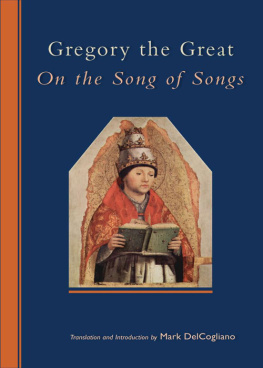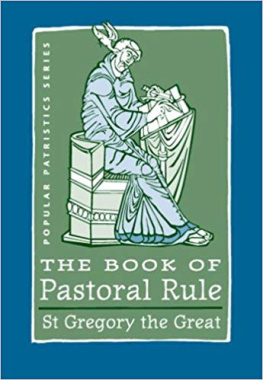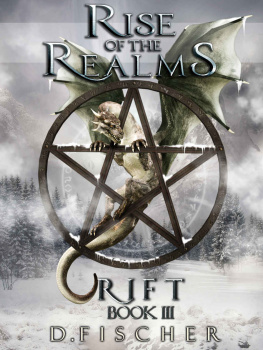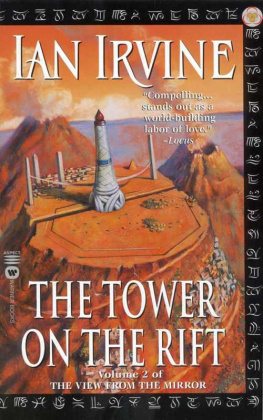The Great Rift Valley
BEING THE NARRATIVE OF A JOURNEY TO MOUNT KENYA AND LAKE BARINGO
WITH SOME ACCOUNT OF THE GEOLOGY, NATURAL HISTORY, ANTHROPOLOGY, AND FUTURE PROSPECTS OF BRITISH EAST AFRICA
B Y J. W. GREGORY
D. SC. (LOND.) F.G.S., F.R.G.S., F.Z.S. OF THE BRITISH MUSEUM (NATURAL HISTORY)
Or join the caravan in quest of scenes New to the eye and changing every hour.
J OHN A RMSTRONG , The Art of Preserving Health, 1744.
WITH MAPS AND ILLUSTRATIONS
Preface
I N the Presidential Address to the British Association at its last meeting, Mr. Thiselton-Dyer quoted a letter from Sir John Kirk, deploring the neglect of opportunities for scientific usefulness by British residents in West Africa. Such chances, he said, never will occur again, for roads are now being made and ways cut in the jungle and forest, and you have at hand all sorts of trees level on the ground ready for study. These bring down with them orchids, ferns, and climbers of many kinds, including rattan palms, etc. But, excellent as are the officers who devote their energy to thus opening up this country, there is not one man who knows a palm from a dragon-tree, so the chance is lost. Strange to say, the medical men of the Government service know less and care less for Natural History than the military men, who at least regret they have no training or study to enable them to take an intelligent interest in what they see around them.
Having felt the same regret on the other side of the continent, I had already divided this book into two partsone devoted to a narrative of a journey in Eastern British East Africa, and the other to a general account of the natural history of the country visited. I have tried to make the latter sufficiently simple to be intelligible to most readers, and yet of use to travellers and residents in East Africa, by indicating the nature of the problems on which information is desired, and by suggesting lines of observation and research.
This part of the book is entitled Eastern British East Africa. as attention is almost entirely confined to the part of the protectorate along, and to the east of, the Great Rift Valley. This area has been greatly neglected in comparison with the country to the west, which has been repeatedly described since it was first reached by Speke and Grant from the south, and by Baker from the north. The literature of the Victoria Nyanza basin (including Uganda) is voluminous, while that of the plateau region between it and the sea is scanty. References to most of the works upon it will be found in the text, but it may be as well here to mention a few of the most generally accessible authorities. The principal accounts of exploration in this district are Krapfs Travels in East Africa (i860), Thomsons Through Masai Land (1885), and von Hhnes Discovery of Lakes Rudolf and Stephanie (1892, English ed. 1894). Lugars Rise of our East African Empire (1893), though dealing mainly with Nyasaland and Uganda, is indispensable to all students of this country, and gives the best account of its actual politics; while MDermots British East Africa , and the Blue-books on the Uganda Railway, give its documentary politics. Ravensteins twelve-sheet map is a complete compilation of all information available at the date of its publication (1889). The history of the growth of British influence in this region is told with masterly clearness and terseness in Kelties Partition of Africa (1893 and 1895). For comparison of Kenya with Kilima Njaro, the other snow-clad peak of East Africa, reference may be made to Hans Meyers Across East African Glaciers (English translation, 1891).
Of scientific literature on British East Africa there is unfortunately little to record. There is nothing which can compare with the magnificent series of works issued in description of German East Africa, such as Stuhlmanns Mit Emin Pascha im Herz von Afrika , Oscar Baumanns Zur Nil-Quellen, and the elaborate monographs in the volumes of Pflanzenwelt Ost-Afrikas, and Die Thierwelt Ost-Afrikas, The anthropological chapters in Stuhlmann and Baumann, and the botanical papers of Volkens, show that these authors unite the learning of the scientific specialist with the courage of the pioneer. The only work on Tropical Africa in English that can compare with these in scientific accuracy is The Flora of Tropical Africa , the last part of which was published in 1877; but this barely mentions British East Africa. The last 100 pages (vol. iii. pp. 425525) include abundant references to Abyssinia, Somaliland, Monbuttu, Karagwe, Kilima Njaro, etc.; but of the 214 species therein described, British East Africa only contributed four.
Dr. H. R. Mill has remarked ( Knowledge, Jan. 1896, p. 2) that in pioneer exploration England has led the way, but that in scientific geography we have always been beaten by our German rivals. The history of the exploration of Equatorial Africa is one to which Englishmen can look back with feelings of such just pride, that we may ungrudgingly admit the superiority of German scientific work in this region.
The Expedition of which the narrative is given in this volume was undertaken in 1892 and 1893. The delay in writing the account of it is due partly to my having returnedthanks to African feverwith lessened powers of work, and partly to arrears of work which had accumulated during my absence. Hence the book has had to be written in scraps at odd hours, generally at the end of days devoted to work on quite different subjects. This must be my excuse for the lack of uniformity and errors in style, of which I am sadly conscious. This delay explains that most of the book was written before the administration of the British East African Company had been superseded by a direct protectorate. The references to the Masai in the last chapter were printed before their recent massacre of a thousand men on the Uganda road showed that their capacity for mischief is not yet destroyed.
It may be explained, in reference to the spelling of native words and place-names, that the ordinary geographical rule has been followed as far as practicablevowels being pro nounced as in Italian, and consonants as in English. The vowels, therefore, are used as follows:
| a | as | a | in | father |
| ai | i | tight |
| ao | ow | how |
| e | a | fate |
| i | ee. | fee |
| | Tom |
| u | u | flute |
An apparent discrepancy occurs in the spelling of personal specific names, these being sometimes spelt with small letters and sometimes with capitals (thus Hemidactylus brooki and Senecio Johnston). In deference to the wishes of my botanical colleagues, I have accepted capital letters in the case of plants.













